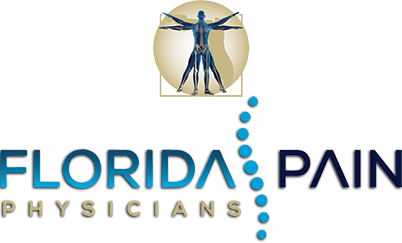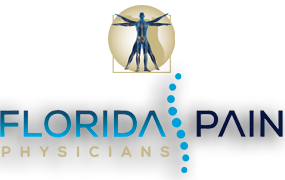Back pain is a common problem that affects millions of people worldwide. At Florida Pain Physicians, we understand the debilitating impact that chronic back pain can have on your life. That’s why we’re constantly searching for innovative treatments that can help you find the relief you’re looking for. In this post, we’ll be highlighting three cutting-edge back pain treatments that you can try at our pain management clinic.
Radiofrequency Ablation (RFA)
Radiofrequency Ablation (RFA) is a minimally invasive back pain treatment in Orange Park, FL, that uses heat to destroy the nerves in the affected area, which can relieve pain. Our pain management clinic uses RFA to target the nerves around the facet joints in the spine. The procedure involves using radiofrequency energy to heat the area, reducing pain and inflammation. We’ve found that many of our patients experience significant pain relief after undergoing RFA, and the procedure is known to have a high success rate.
Spinal Cord Stimulation (SCS)
Spinal Cord Stimulation (SCS) is another innovative back pain treatment we offer at our pain management clinic. This procedure involves implanting a small device under the skin, which sends electrical impulses to the spinal cord to override pain signals. SCS has been shown to be effective in reducing chronic back pain for many of our patients. The device is fully rechargeable and can last for many years before needing to be replaced.
Platelet-Rich Plasma (PRP) Therapy
Platelet-Rich Plasma (PRP) Therapy is a regenerative treatment that involves injecting a concentrated solution of platelets, growth factors, and other healing agents into the affected area. This treatment has gained popularity recently due to its ability to stimulate the body’s natural healing process. At Florida Pain Physicians, we use PRP Therapy to treat various back pain conditions, including herniated discs, degenerative disc disease, and arthritis.




